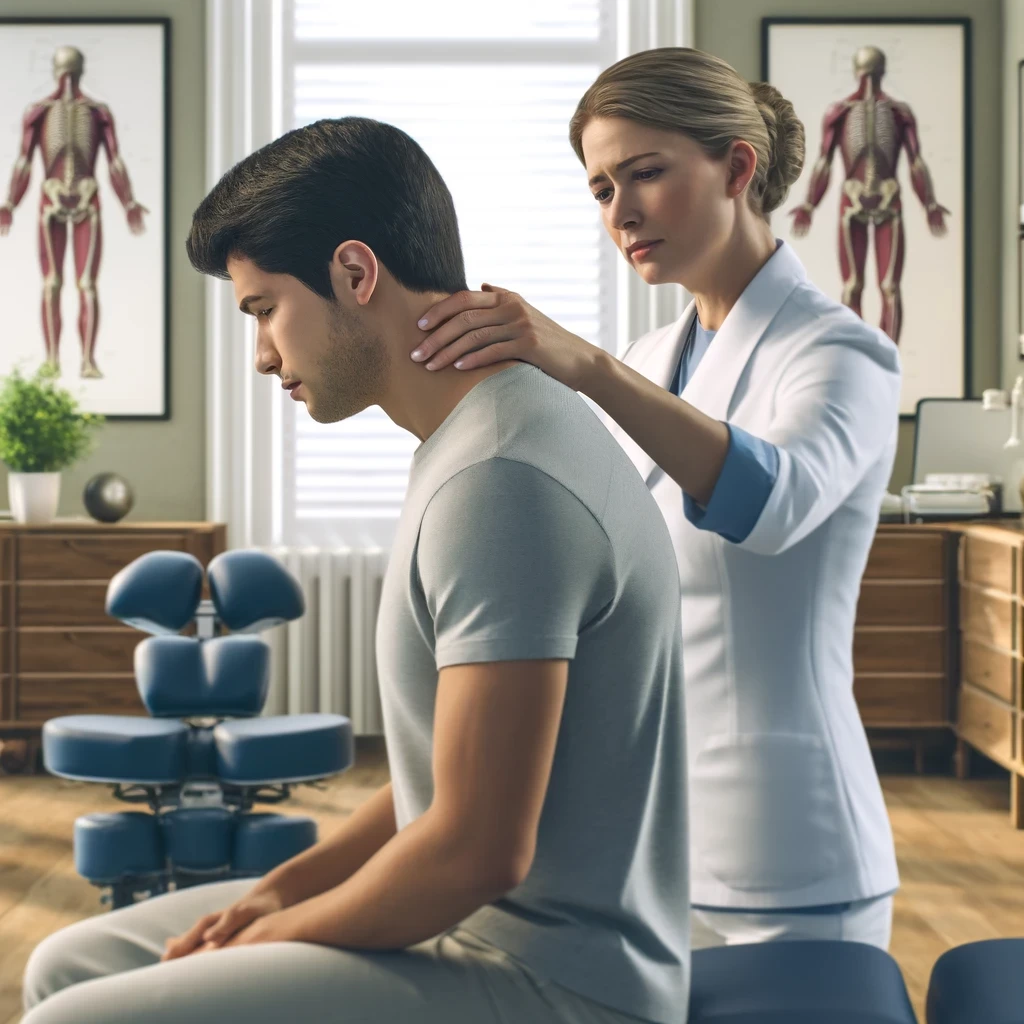
Cervical dysfunction, a common ailment affecting the neck, can significantly impact one's quality of life, causing pain, restricted movement, and various other health issues. This blog delves into the causes, symptoms, and effective treatments of cervical dysfunction, with a particular focus on the role of upper cervical chiropractic care in managing this condition.
What is Cervical Dysfunction?
Cervical dysfunction refers to any disorder that affects the cervical spine, which consists of the first seven vertebrae (C1-C7) in the neck. This region is crucial for supporting the head and facilitating a range of movements. Dysfunction in this area can lead to discomfort and diminished mobility.
Common Causes of Cervical Dysfunction
- Physical Trauma: Accidents or injuries, such as whiplash from a car crash, can cause acute or chronic cervical problems.
- Poor Posture: Long periods of sitting, especially with improper posture, can strain the cervical spine.
- Degenerative Diseases: Conditions like osteoarthritis can degrade the cartilage and bones in the neck, leading to dysfunction.
- Repetitive Stress: Repeated motions or overuse of the neck muscles and spine can precipitate this condition.
Symptoms to Watch For
- Neck Pain and Stiffness: Pain that worsens with movement is a primary indicator of cervical dysfunction.
- Headaches: Especially in the base of the skull.
- Reduced Range of Motion: Difficulty turning the head side to side or tilting it up and down.
- Other Neurological Symptoms: Tingling or numbness in the arms can occur if nerve roots are compressed.
How Upper Cervical Chiropractic Can Help
Upper cervical chiropractic focuses on correcting subtle misalignments in the upper cervical spine. This specialized approach can be particularly effective in treating cervical dysfunction due to its precision and gentleness. Here's how it works:
- Precise Adjustments: Upper cervical chiropractors use specific techniques to realign the atlas and axis (the first two cervical vertebrae) without aggressive manipulation.
- Reduction of Nerve Interference: Proper alignment relieves pressure on the spinal cord and nerve roots, addressing the root cause of pain and neurological symptoms.
- Holistic Improvement: By restoring natural alignment, this treatment can improve overall spinal health and functionality.
Conclusion
Cervical dysfunction can be a debilitating condition, but with the right approach, such as upper cervical chiropractic care, individuals can achieve significant relief and improved quality of life. If you're experiencing any of the symptoms mentioned, consider consulting with a specialist in upper cervical chiropractic to explore your treatment options.
Additional Tips
- Maintain Good Posture: Regularly check and correct your posture, especially if you spend long hours at a desk.
- Stay Active: Gentle neck exercises can strengthen muscles and improve flexibility.
- Regular Check-Ups: Routine visits to an upper cervical chiropractor can help prevent future issues.
Cervical dysfunction doesn't have to control your life. Understanding your condition and exploring effective treatments like upper cervical chiropractic can lead you to a path of recovery and well-being.



